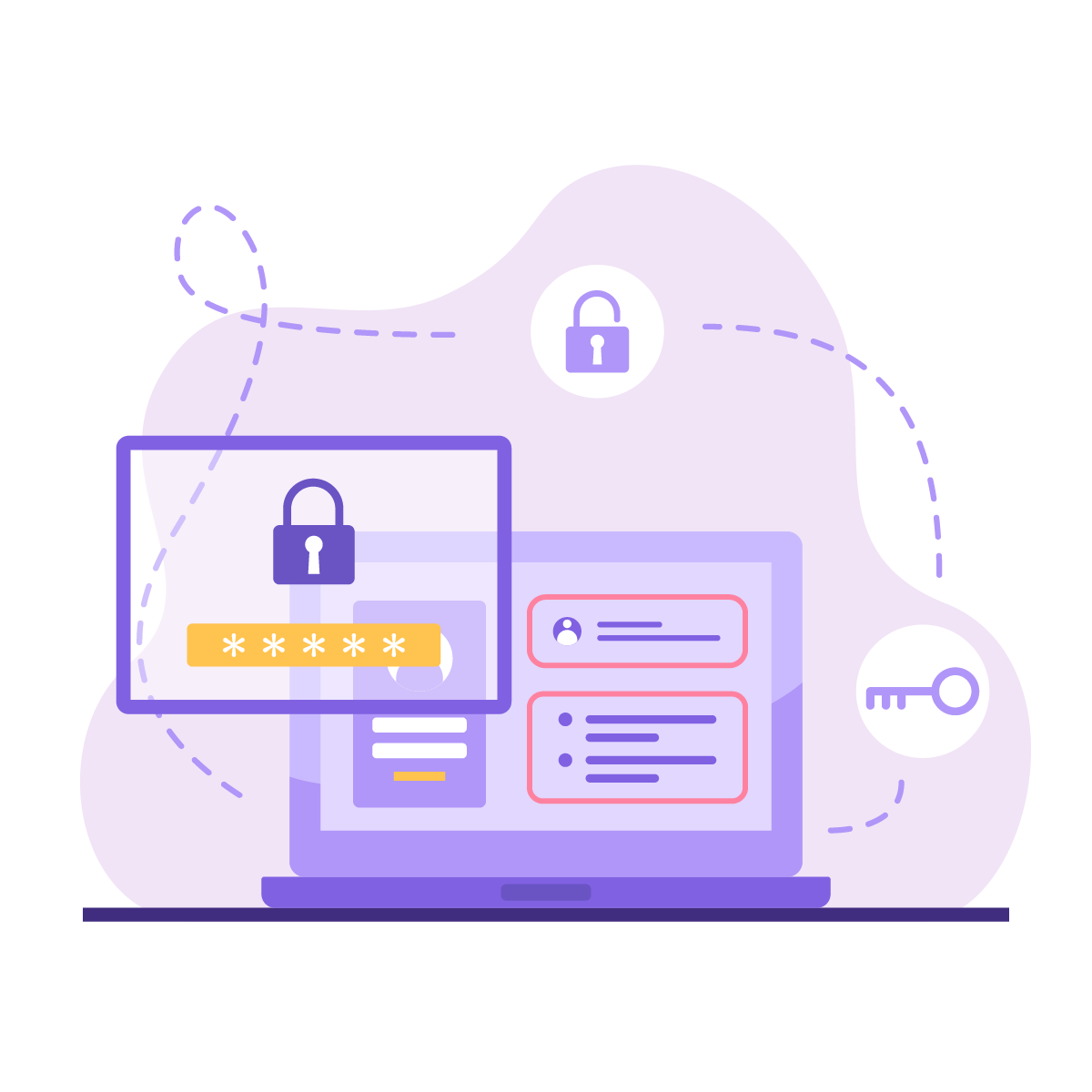As people began to work remotely and businesses pushed their digital transformation activities to accommodate the needs of a new working landscape, cyberattacks escalated in the early days of the COVID-19 epidemic. Cyber threats are basically when the internet attacks security.
Large-scale data breaches and personal security scares have taught businesses throughout the world some important lessons about protecting their globally networked infrastructure.
As businesses learn more about current cybersecurity dangers and the best techniques for avoiding them, keep the following in mind: External and internal hostile causes both contribute to cyber security threats.
These are the most common risks, which we shall discuss in greater depth later.
- MISCONFIGURED SECURITY APPLICATIONS
The use of tools by employees to streamline their everyday procedures and maintain systems can be quite advantageous. However, incorrect user access and other characteristics of frequently used software might jeopardise a company’s security. As a result, businesses are vulnerable to cyber-threats.
Every CISO should be aware of Active Directory as a major danger. Practically every major corporation uses it to authenticate employee access to company networks and restrict access and privileges inside.
- ENTERPRISE SECURITY TOOL SPRAWL
Many organisations’ security issues are driven by a huge collection of fragmented and mismanaged cybersecurity systems, rather than a lack of cybersecurity capability. Tool sprawl is a security risk that most typical IT teams are concerned about. Tool sprawl is one of the most serious cybersecurity issues today.
As a result of tool sprawl, network visibility suffers, as doe’s threat detection. Due to the lack of visibility generated by tool sprawl, security teams may encounter longer threat response times and difficulty determining which tool will solve a specific security issue. As a result, an organisation’s resources and networks may be exposed to greater risk than before.
- VULNERABILITY IN DEVICES OR OS LEFT UNCHECKED
Network tools and infrastructure are heavily emphasised in the bulk of enterprise security solutions. They overlook, however, the security hazards that personal mobile devices might provide to a corporate network if proper security measures are not in place.
Mobile devices are among the least-monitored and-updated pieces of technology in the hands of employees. Many of these devices aren’t being monitored or protected by company security systems, leaving them vulnerable to attack.
A common spyware assault is presently aimed at iPhone users, exposing any personal or professional information stored on their devices to a breach. Spyware is a severe concern, and your employees won’t be able to protect themselves until their iPhones are updated to the most recent version of iOS.
- RANSOMWARE
Ransomware is a type of cyber-attack that holds the victim and their personal information hostage until they pay a ransom. As ransomware has grown in popularity, many attackers have amassed professional data that they are prepared to sell for a fee.
- INSIDER THREATS
In keeping with the concept of best data practises, it’s critical to guarantee that users have access to only the data and systems that are relevant to their responsibilities, independent of their location. Insider dangers are far more real than they have ever been, even when internal users accidentally create a cybersecurity problem.
In a remote workforce, the insider danger is more difficult to identify. At its most basic level, this is a problem with data governance and employees having too much access to data. While there is no way to completely eliminate the risk, proper data governance principles can help to limit the likelihood of an insider leaking data or inflicting system harm.
- DATA GOVERNANCE AND MANAGEMENT ERRORS
Because of the large volume of worthless data, many company networks’ cybersecurity monitoring is made ineffective. Even the most valuable information has a shelf life and should be checked on a regular basis.
Many businesses are accused of retaining much too much sensitive data after it has outlived its utility. Organisations are at greater risk because sensitive data is a focus for unscrupulous people.
Good data governance measures, such as removing any data that is not required to execute their services or meet a regulatory duty, are critical in mitigating this risk. Removing unnecessary sensitive data from the environment minimises not only the chance of a data breach, but it also lowers IT expenses by decreasing infrastructure footprint and limiting the scope of privacy and security. You can definitely contact the best cyber security services company.








